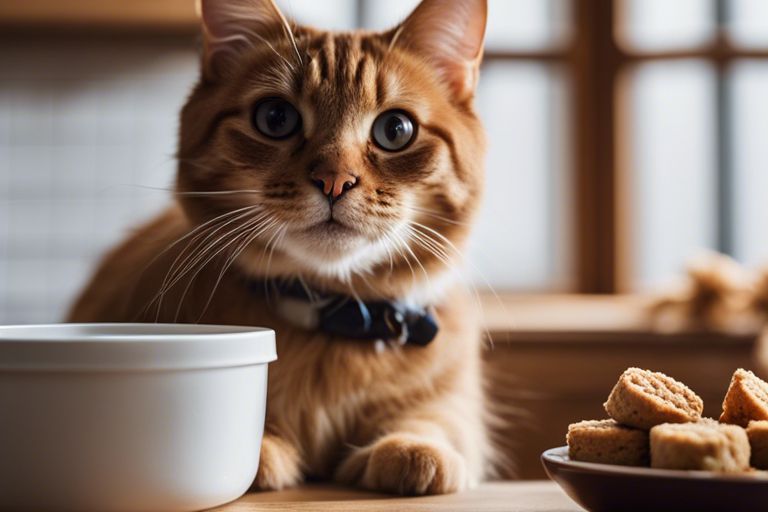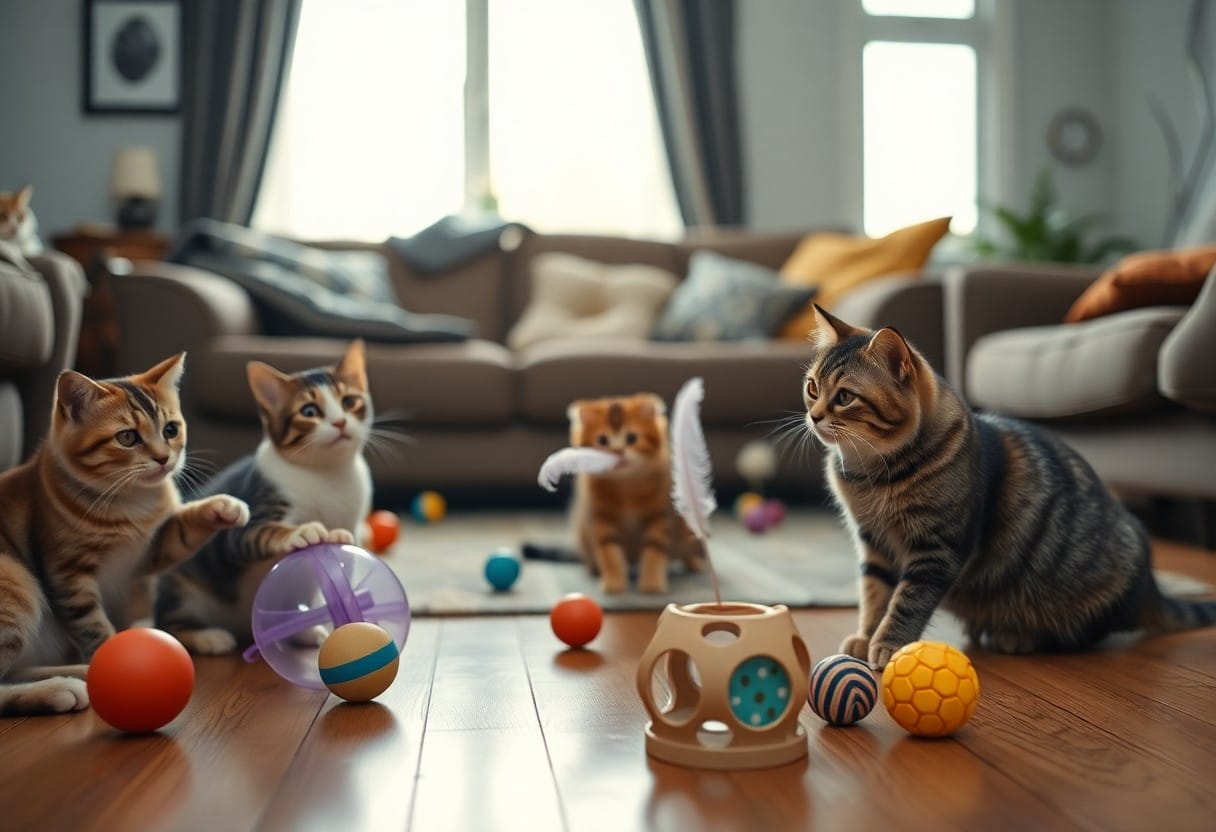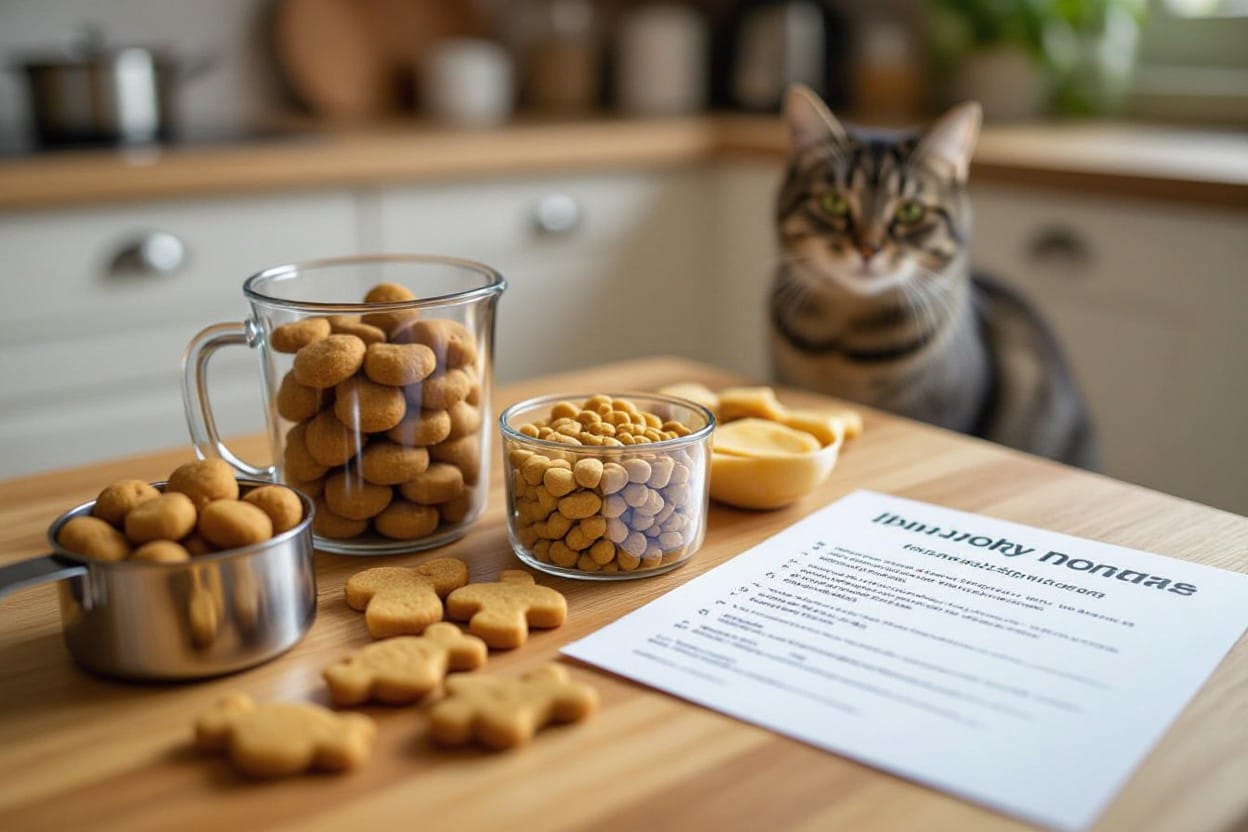With cats being known for their selective tastes and preferences, introducing new cat treats to your pet can sometimes be challenging. However, with the right approach and patience, you can successfully expand your furry friend’s snack options to include new and exciting treats. Here are some helpful tips to consider when introducing new cat treats to your beloved companion.
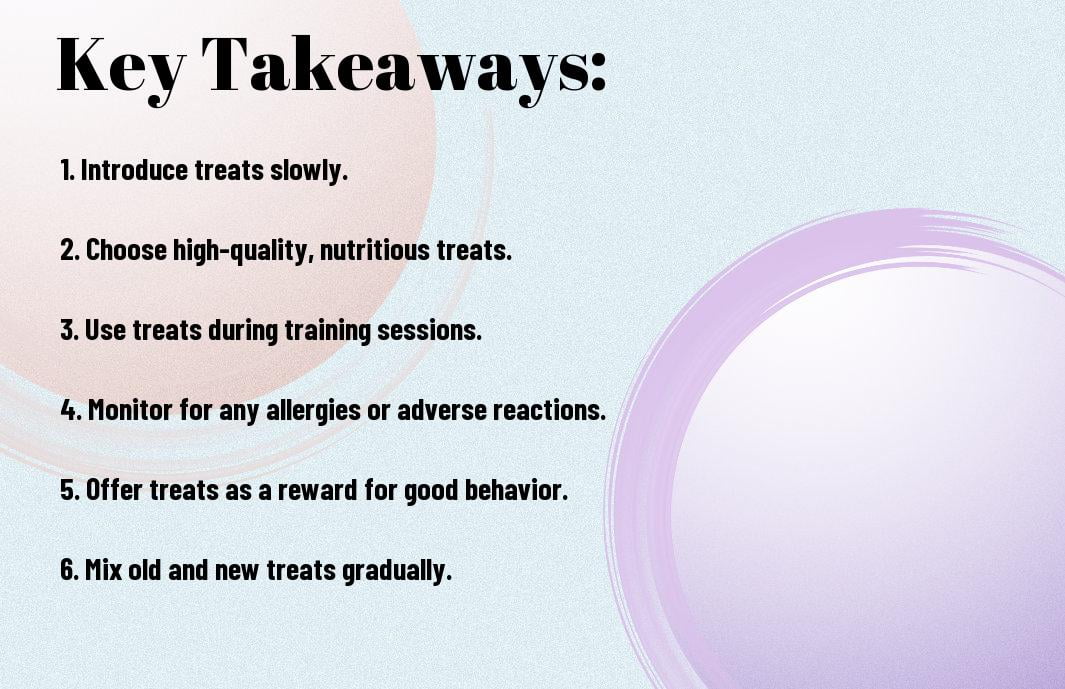

Reasons for Introducing New Treats
The introduction of new treats to your feline companion can be beneficial for a variety of reasons. Not only does it provide a change in their diet routine, but it can also offer nutritional benefits and supplements that may be missing from their regular meals.
Nutritional Benefits and Supplements
One of the primary reasons for introducing new treats to your cat is to provide them with additional nutritional benefits and supplements. Cat treats can be formulated with specific vitamins, minerals, and supplements that can aid in supporting your cat’s overall health and well-being. For example, treats enriched with omega-3 fatty acids can improve your cat’s skin and coat health, while treats with added probiotics can support their digestive system.
Behavioral Enrichment and Training Aids
Behavioral enrichment and training aids are another crucial reason for introducing new treats to your cat. Treats can be used as rewards during training sessions, helping to reinforce positive behaviors and strengthen the bond between you and your furry friend. Additionally, treats can be used to provide mental stimulation and prevent boredom, especially for indoor cats. Interactive treat dispensing toys can challenge your cat’s problem-solving skills and keep them engaged and entertained.
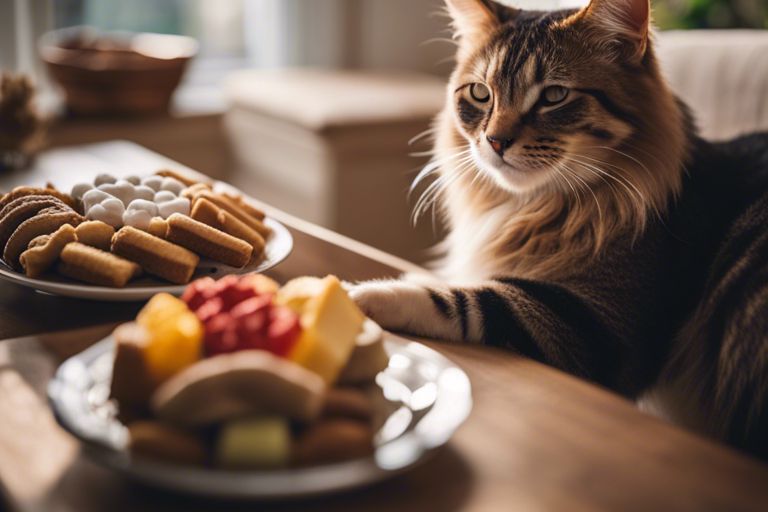
Factors to Consider Before Introducing New Treats
It is important to consider several factors before introducing new treats to your cat to ensure their well-being and enjoyment. Here are some key factors to keep in mind:
Cat’s Age and Health Conditions
An important consideration before introducing new treats to your cat is their age and any underlying health conditions they may have. Older cats or those with certain health issues may require special dietary considerations, and certain ingredients in treats could potentially exacerbate their conditions. It’s crucial to consult with your veterinarian to determine if the new treats are suitable for your cat’s specific age and health needs.
Recognizing any dietary restrictions your cat may have is vital in selecting the right treats for them. Cats with medical conditions such as diabetes, kidney disease, or food allergies require a tailored diet to prevent any adverse reactions.
Ingredients and Allergy Considerations
Any new treats introduced to your cat should be carefully examined for their ingredients. Look for high-quality, natural ingredients without any artificial additives or fillers. Cats can be sensitive to certain ingredients such as grains, artificial colors, or preservatives, so it’s important to choose treats that are free from these potential allergens.
Factors such as the protein source, carbohydrate content, and overall nutritional value of the treats play a significant role in your cat’s health and well-being. Opt for treats that align with your cat’s dietary needs and preferences to ensure they receive a balanced diet.
Choosing the Right Treats
Once again, when it comes to choosing the right treats for your cat, it’s important to consider various factors to ensure you’re making a healthy choice for your furry friend. One crucial step in selecting the right treats is reading and understanding ingredient labels to know what you’re feeding your cat. Additionally, you may need to explore treats designed for specific health concerns your cat may have, ensuring they are both tasty and beneficial for their well-being.
Reading and Understanding Ingredient Labels
Reading and understanding ingredient labels is key to making informed decisions about the treats you give your cat. Look for treats that list high-quality proteins like chicken or fish as the first ingredients. Avoid treats that contain artificial additives, colors, and preservatives. If your cat has any food allergies or sensitivities, make sure to check the labels for common allergens such as grains or certain types of meat.
Treats for Specific Health Concerns
Understanding that not all cat treats are created equal, some treats are formulated to address specific health concerns like dental health, hairball control, or weight management. These specialized treats can be beneficial additions to your cat’s diet, providing both a tasty reward and addressing their specific health needs. Consult with your veterinarian to determine if your cat would benefit from these types of treats and to ensure they are appropriate for your cat’s individual health requirements.
FAQ
Q: Why is it important to introduce new cat treats slowly?
A: It is important to introduce new cat treats slowly to prevent stomach upset or digestive issues. Cats have sensitive stomachs, and sudden changes in their diet can lead to gastrointestinal problems.
Q: How should I introduce new cat treats to my furry friend?
A: Start by offering a small amount of the new treat alongside their regular food. Gradually increase the portion of the new treat while decreasing their old treat over a period of 7-10 days.
Q: What should I look for in new cat treats?
A: Look for cat treats that are made with high-quality ingredients, such as real meat or fish. Avoid treats that contain fillers, artificial flavors, or preservatives that could be harmful to your cat’s health.
Q: How can I tell if my cat likes the new treats?
A: Observe your cat’s reaction to the new treats. If they eagerly eat the treats and show excitement or interest, it is a good sign that they enjoy the taste. If they refuse to eat the treats or show signs of dislike, try a different flavor or brand.
Q: Are there any treats I should avoid giving to my cat?
A: Avoid giving your cat treats that are high in carbohydrates, sugar, or artificial ingredients. Also, refrain from giving your cat dog treats, as they are formulated differently and may not meet the dietary needs of your feline friend.
